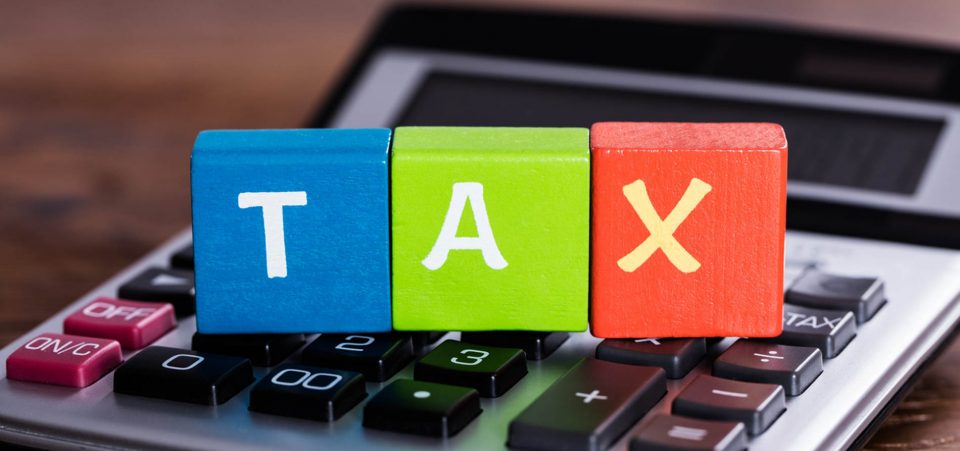Asking the Middle Class to Pay More Could Cause Economic Contraction
The Tax Policy Center (TPC) has crunched the numbers, and they’re not good for the middle class. Experts expect Joe Public to pay more in 2018, which will disappoint some Republicans hoping for a decrease rather than the opposite. Economic contraction could lie ahead.
Specifically, the TPC expects that on average, taxpayers in the bottom 95% of earners would see average after-tax incomes increase between 0.5% and 1.2%. Furthermore, it expects 12% of earners in the $150,000-$300,000 bracket to pay about $1,800 more in 2018. (Source: “Trump Tax Plan To Benefit “Top 1%” Most, Cost $2.4 Trillion, Middle Class To Pay More Taxes,” Zero Hedge, September 29, 2017.)
This doesn’t sound like expected tax relief to us.
But the broader question is whether a further middle-class tax burden will lead to economic contraction. It’s not like this segment of society has much to give in their after-tax finances.
Lombardi Letter has highlighted the growing stress on family finances stemming from stagnant wages and rising living costs (prices plus inflation). This has put the squeeze on discretionary income and dampened consumer purchasing power, only being held afloat by rising debt.
For instance, recent data shows that the average wage earner’s wages have decreased 2.8% since 2007. Yet, living costs, along with inflation, have easily increased 20%-40% depending on where you reside in America. It’s causing families to fall behind and engage in the self-fulfilling debt trap, which is hard to escape.
Incomes in Decline
| Percentile of usual income | 2007 | 2016 | %Chg | $Chg |
| 30 | $26,000 | $25,300 | -2.70% | -$700 |
| 40 | $44,700 | $43,500 | -2.70% | -$1,200 |
| 60 | $71,500 | $69,500 | -2.80% | -$2,000 |
| 80 | $113,700 | $111,400 | -2.00% | -$2,300 |
| 90 | $160,800 | $177,100 | 10.10% | $16,30 |
(Source: “Most Americans Still Worse Off Than Before Recession, Fed Finds,” Bloomberg Markets, September 27, 2017.)
But what happens when the consumer becomes tapped out? Could this rising middle-class tax burden be the straw that breaks the camel’s back? We’re getting fairly close to the edge already.
The Real Fun Begins in 2027
Nobody likes tax increases. Shouldering more on the middle class isn’t helpful, but at least they appear fairly modest. Republican voters might be more upset about broken campaign promises than anything else.
Unfortunately, the modest “drip” increases in store for 2018 will turn into a torrent over time.
Instead of 12% of earners in the $150,000-$300,000 bracket paying more in 2018, by 2027, that number will rise to 60% of earners making $150,000-$300,000. In the “true” middle-class earning range between $50,000-$150,000, a full 30% will be subject to tax liability increases. (Source: Ibid.)
So as we can see, the promised tax relief, which would “Make America Great Again,” is really more of the same. The only earners getting off scot-free are (surprise, surprise) the top one percent. About 80% of total tax plan benefits would flow to them, and their after-tax income would increase 8.7%.
Unfortunately for the economy, the middle class is the straw that stirs the drink. American consumers account for 70% of all GDP growth, in which the top one percent are just a small slice. By hollowing out the former, it increases vulnerability to the economy as a whole.
We can’t say for certain if Trump’s tax plan will cause economic contraction. But we can say with certainty that the ability to squeeze more revenue out of the middle class without harming the economy is nearing its end. Growing delinquencies, weak trend growth, all-time debt levels et cetera paint a clear picture of that.
That is, the “tap-out” point is close at hand. Trump’s plan moves the ball a little closer to the goal line.






